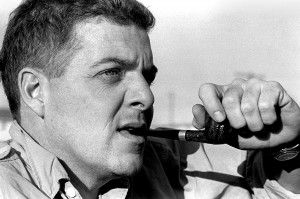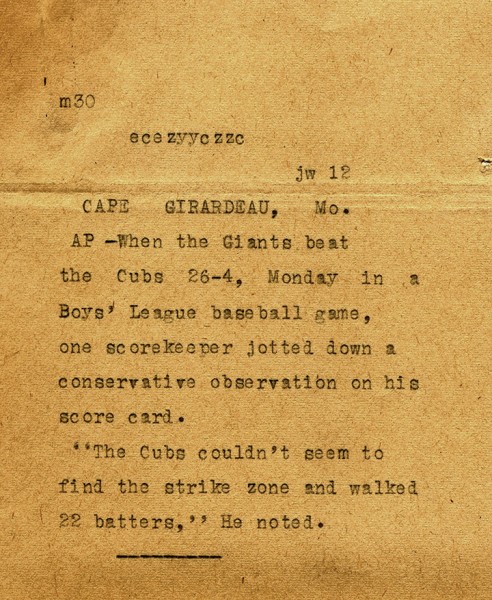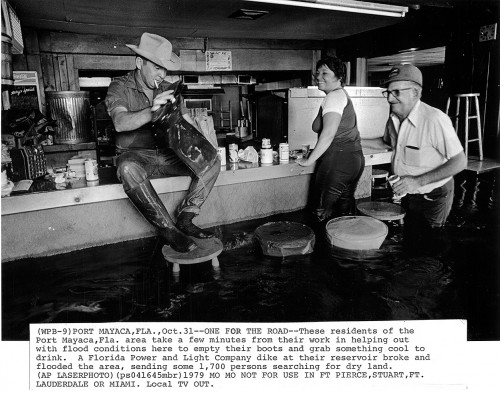 The day after I graduated Central High School in 1965, I showed up bright and early to start my Missourian summer internship. To my dismay, my first assignment was to fill in for the sports editor, who was going on vacation.
The day after I graduated Central High School in 1965, I showed up bright and early to start my Missourian summer internship. To my dismay, my first assignment was to fill in for the sports editor, who was going on vacation.
 I confessed to Chuck Murdoch that I knew virtually nothing about sports and was in deep trouble. He took a couple of sucks on his ever-present pipe and a look of relief passed over his face as he realized his job was safe: this was ONE high school kid who wouldn’t show him up. He gave me the crash course in sports journalism (something that I always thought was somewhat of a contradiction in terms).
I confessed to Chuck Murdoch that I knew virtually nothing about sports and was in deep trouble. He took a couple of sucks on his ever-present pipe and a look of relief passed over his face as he realized his job was safe: this was ONE high school kid who wouldn’t show him up. He gave me the crash course in sports journalism (something that I always thought was somewhat of a contradiction in terms).
He explained that the first thing I had to do when I showed up three hours before the rest of the staff was to go to a dropbox on the Broadway door to retrieve an armload of youth league score books the coaches had dropped overnight. I was to take those score books and interpret scratches and scrawls that showed every batter and every play and write a play-by-play of the high spots of the games. I prayed for a tight paper so I could get by with just a game summary.
I got the job done, but I felt like a monk translating ancient scrolls from one language into another. So far as I know, nobody ever complained about my accounts.
Last night I found this comment written by a coach who either had a great sense of humor or a flair for understatement: “Cub’s pitchers couldn’t find the strike zone and walked 22 batters.”
First AP story
 I thought it amusing enough I phoned it in to the Associated Press, which put in on the wire. I’m pretty sure that was the first time anything of mine moved on a news wire. It was a real thrill when I heard the clatter of the teletype and discovered that it was my brief that was going out to the world (well, maybe the nation or the region or the state. I don’t remember the codes well enough to know how far it was broadcast. It didn’t win the Pulitzer, I know that.).
I thought it amusing enough I phoned it in to the Associated Press, which put in on the wire. I’m pretty sure that was the first time anything of mine moved on a news wire. It was a real thrill when I heard the clatter of the teletype and discovered that it was my brief that was going out to the world (well, maybe the nation or the region or the state. I don’t remember the codes well enough to know how far it was broadcast. It didn’t win the Pulitzer, I know that.).
I didn’t do too badly covering government and cops, but the society and agriculture beats were a bit of a stretch. I loved it.

